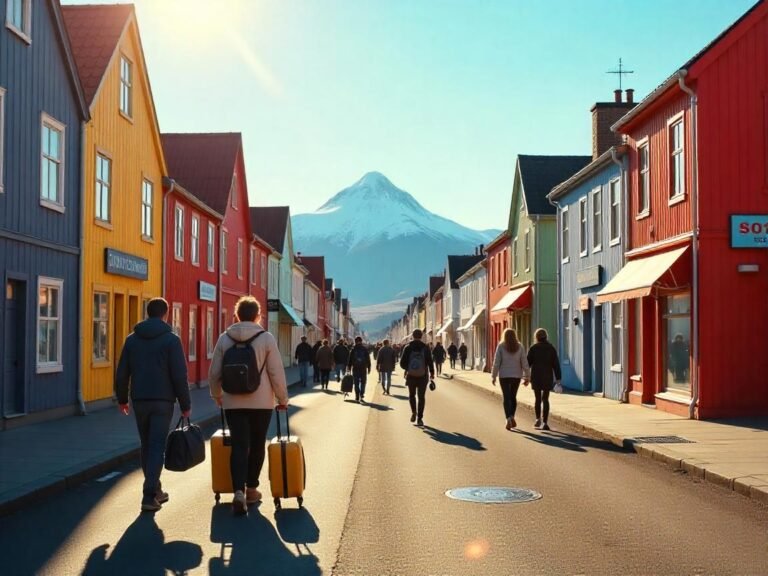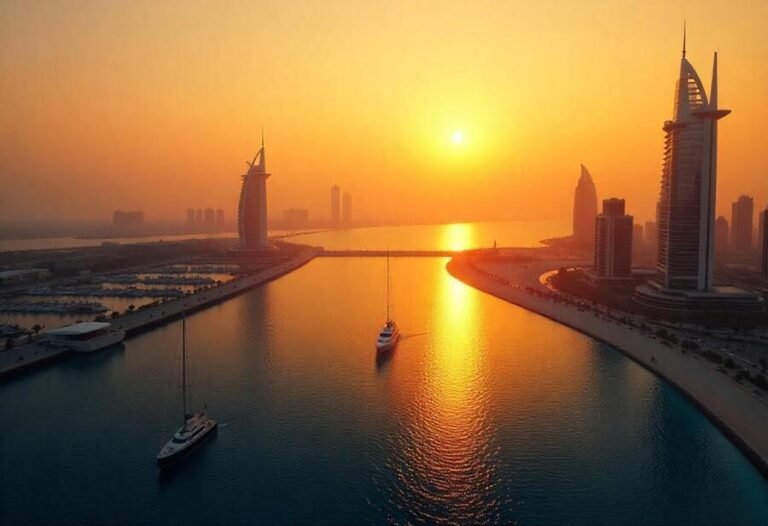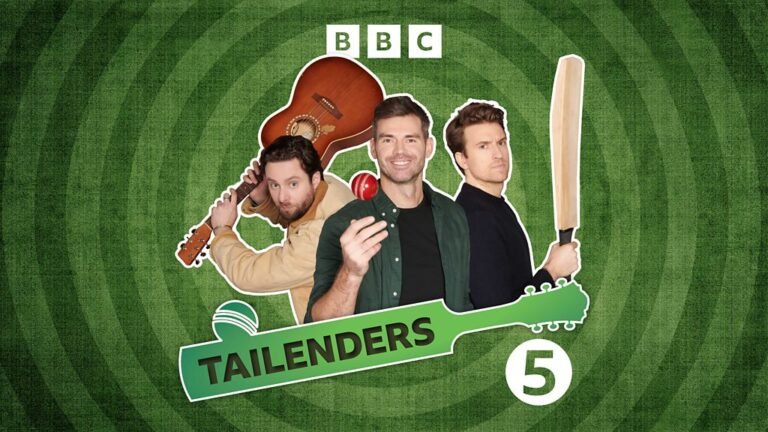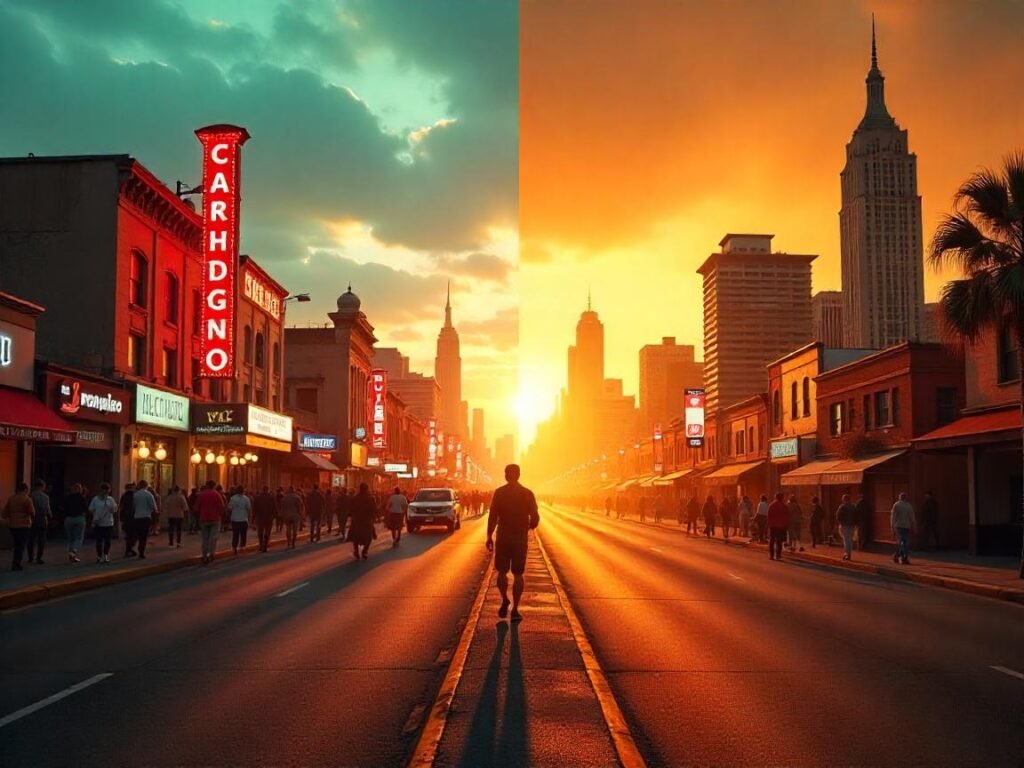
Saturday, June 28, 2025
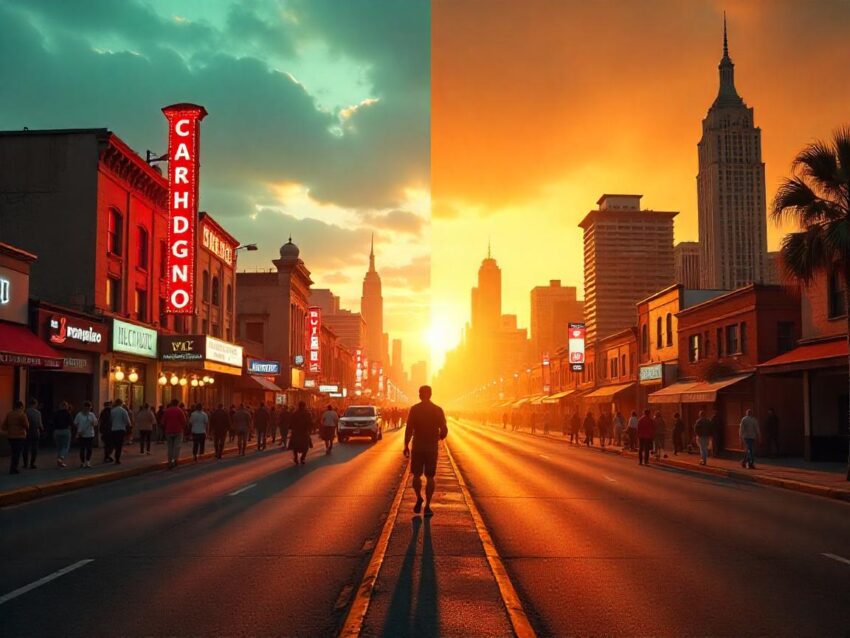
Now, Las Vegas joins Hawaii, New York City, Chicago, Los Angeles, and San Francisco as US city tourism turns to dust. A new update for you arrives just before the American Independence Day holiday travel starts. Las Vegas trembles as visitor numbers shrink. Meanwhile, Hawaii wrestles with fading crowds. New York City fights to keep its glow. Chicago, Los Angeles, and San Francisco brace for quiet streets and empty hotel rooms.
However, US city tourism turns to dust in unexpected ways. Economic storms swirl. Wildfires rage. Policy shifts keep travelers guessing. Moreover, with the American Independence Day holiday travel about to explode, Las Vegas, Hawaii, New York City, Chicago, Los Angeles, and San Francisco face urgent questions.
Will travelers return? Or will US city tourism truly turn to dust? Now, all eyes watch for the next move. And this new update for you could change everything before the fireworks even start.
Las Vegas Faces Alarming Tourism Slump as Visitor Numbers Plunge 6.5%, Hotels Struggle, and Economic Fears Shadow America’s Playground in 2025
Las Vegas faces an alarming tourism slump as visitor numbers plunge 6.5%, leaving hotels to struggle and economic fears to shadow America’s playground in 2025. Las Vegas, a city built on neon dreams and endless possibility, now faces dark clouds. An alarming tourism slump grips the Strip. Visitor numbers plunge by 6.5%, shaking the very foundations of this glittering oasis.
Meanwhile, hotels struggle to fill rooms once overflowing with laughter, music, and the clinking of chips. Economic fears creep into every neon-lit corner, casting long shadows over America’s playground. Moreover, Las Vegas faces questions it’s never had to answer so urgently. Can it survive an alarming tourism slump when visitor numbers keep plunging? How long can hotels struggle before deep discounts turn into desperate measures? And will economic fears tighten their grip and choke the pulse of America’s playground in 2025?
However, the stakes have never been higher. Las Vegas faces choices that will determine its future. Visitor numbers plunge again and again, and hotels struggle to keep up with costs. Economic fears multiply, swirling around America’s playground and testing its legendary resilience. So brace yourself. Because Las Vegas faces an alarming tourism slump as visitor numbers plunge 6.5%. Hotels struggle in the shadows of economic fears. And America’s playground in 2025 is standing on a knife’s edge, waiting for its next move.
The Lights Still Flash, But Las Vegas Feels the Chill
Las Vegas remains a city that dazzles under neon lights. Yet behind the glitz, a new reality is unfolding—a reality marked by fewer visitors, anxious travelers, and empty hotel rooms.
In May 2025, Las Vegas welcomed an estimated 3.4 million visitors. But that’s a staggering 6.5% drop compared to May 2024.
Moreover, it follows a grim April report, which showed a 5.1% slide. The numbers signal a troubling trend rippling through Nevada’s tourism ecosystem.
Economic Uncertainty Casts a Long Shadow
Meanwhile, officials point to a powerful force dragging numbers down: economic uncertainty.
Travelers feel the pinch. Rising prices and financial jitters have many second-guessing trips to Las Vegas. Since President Donald Trump took office, headlines buzz with debates about inflation, economic policies, and shifting consumer confidence.
Moreover, a dramatic decline in tourism from Canada is fueling deeper losses. Canadian travelers, once a reliable stream for the Strip, are tightening their wallets.
As a result, Las Vegas faces a two-pronged crisis: fewer domestic tourists and a thinning international pipeline.
Casinos Feel the Squeeze
Nevada’s lifeblood has always been its casinos. However, in May, gaming revenue tumbled.
Statewide, gaming wins dropped 2.1%. On the Las Vegas Strip, the losses were sharper, falling 3.9% compared to last May.
Gaming floors that once hummed with endless energy now see gaps between high-rollers and casual players. Chips clink, but fewer hands are on the tables.
Meanwhile, casinos scramble to adjust marketing, comps, and entertainment offerings to lure back visitors and keep the dice rolling.
Airports See Fewer Flyers
Reid International Airport, the critical gateway to the city, also recorded a worrying downturn.
Passenger traffic fell 3.9% in May compared to the same month last year.
Empty seats on flights mean not just fewer tourists but also weaker demand for airline capacity, lower revenue for carriers, and potential schedule adjustments.
Moreover, fewer flyers translate into slower business for rental cars, shuttles, and rideshare services feeding off airport arrivals.
Hotels Grapple with Declining Occupancy
Hotels across Las Vegas face a reality many thought impossible in a city that thrives on nearly full rooms year-round.
In May, revenue per available room (RevPAR) fell by 5.7%. Occupancy rates dropped 3.1%, bringing citywide occupancy down to 83%.
On the Strip, hotels posted an 85.3% occupancy rate—a respectable number by national standards but a disappointment for a city that often touches near-capacity.
Meanwhile, downtown hotels struggled more severely, dipping to just 74.8% occupancy.
Room Rates Hold—For Now
Despite falling visitor numbers, the average daily rate (ADR) for Las Vegas hotel rooms remained relatively firm.
Citywide, ADR in May was $198.20, down only 2.2% year-over-year. On the Strip, prices averaged $212.46, while downtown rates were significantly lower at $109.39.
However, cracks are showing. If visitor numbers keep sliding, hotels may have no choice but to slash rates deeper to avoid unsold inventory.
Moreover, discounting could erode profit margins and send ripple effects through other sectors, including restaurants, shows, and nightlife dependent on strong tourism dollars.
Conventions Shine as a Lifeline
Amid the gloom, there’s one bright light: conventions.
In May, Las Vegas saw convention attendance jump by 10.7% year-over-year, bringing 511,200 visitors to the city.
These events are crucial. They fill hotel rooms midweek, drive spending on dining and entertainment, and sustain airlines and transport services.
Midweek hotel occupancy reached 79.3% in May—a critical boost in a month otherwise marred by declining leisure tourism.
Moreover, conventions help maintain Las Vegas’s reputation as not only a leisure paradise but also a premier business hub.
Travel Industry Holds Its Breath
The question now echoes across casinos, airlines, and hotel boardrooms: How long will this slump last?
Las Vegas has rebounded from crises before, from recessions to pandemics. However, the economic headwinds this time feel stubborn.
Higher prices at every turn—from food to flights—leave travelers hesitant. Meanwhile, global political uncertainty, fluctuating currencies, and debates over immigration and visas add further layers of complexity.
Moreover, Canadian tourism remains a critical puzzle piece. Without a rebound in cross-border visitors, Las Vegas may struggle to regain its pre-2024 momentum.
America’s Tourist Hotspots Grapple with a 2025 Travel Slump as Economic Fears, Wildfires, and Policy Tensions Shake Visitor Confidence
Las Vegas may be stealing headlines with its alarming tourism slump, but it’s far from alone.
Across the United States, iconic destinations—from the neon streets of Honolulu to the towering skyscrapers of New York City—are grappling with a chilling truth: America’s tourist hotspots are feeling the sting of a travel slowdown in 2025.
The Numbers Paint a Worrying Picture
In Hawaii, a paradise once bursting at the seams with travelers, tourism officials report a significant downturn. Visitor arrivals are projected to fall another 4% this summer, costing the islands an estimated $1.6 billion in lost spending over two years.
The scars of the 2023 Lahaina fire linger, and while beaches sparkle under the sun, travelers remain hesitant to book that dream escape.
Meanwhile, New York City—the city that never sleeps—is facing sobering figures of its own. Officials have cut 2025 projections to 64 million visitors, marking a 4.5% decline.
International tourism is hit hardest, with a 6.2% drop, as visa delays and political tensions drive potential visitors elsewhere.
Canadian Travelers Vanish Across Borders
Canada once sent a steady stream of travelers south of the border. But now, cities like Chicago and San Francisco are watching Canadian tourism evaporate.
In Chicago, hotels, tour companies, and attractions are feeling the pinch. Visitors from Canada, who once flocked to the Windy City for shopping and entertainment, are choosing to stay closer to home.
Similarly, San Francisco is battling sluggish foreign arrivals. Though tech conferences keep hotels afloat, international leisure tourism is limping behind expectations. A staggering 30–40% drop in Canadian travel has left gaps in hotel bookings and restaurant seats.
Los Angeles Struggles Under Nature’s Fury
Over in Southern California, Los Angeles faces another kind of threat: nature itself.
Earlier wildfires in 2025 cast a dark haze—literally and figuratively—over the city’s tourism rebound. International arrivals are predicted to slide as much as 25–30% for the year. Boutique hotels and downtown businesses are especially vulnerable, bracing for fewer guests in what should be peak season.
Travelers weigh dazzling city lights against fears of smoky skies and evacuation orders. And often, they decide it’s safer to stay away.
Houston and Phoenix Hit Hard
Beyond the coastal giants, inland cities like Houston and Phoenix are also feeling the heat—though for different reasons.
CoStar reports a steep decline in hotel performance in these cities. In early June, Houston’s revenue per available room (RevPAR) plunged by 14.3%. Phoenix trailed close behind with an 11.1% drop.
These are not just blips on a chart. They reflect real empty rooms, unsold tours, and ripple effects that spread across local economies.
Travel Industry Faces a Crisis of Confidence
Meanwhile, international tourism to the U.S. as a whole has dropped by 3.3% in early 2025.
This decline could translate into $8–12 billion in lost visitor spending this year alone. Airlines, hotels, and attractions are scrambling to adjust marketing strategies and keep their businesses afloat.
Moreover, border hurdles and new immigration policies are rattling travelers’ confidence. For many, the uncertainty simply isn’t worth the risk—or the expense.
Political Winds Add Fuel to the Fire
Political discourse in the U.S. is also shaping travel decisions. Since President Donald Trump returned to office, policy shifts and global reactions have driven unease among international visitors.
Canadian travelers, in particular, are wary. With tensions flaring over trade, immigration, and border controls, many choose destinations in Europe, Asia, or simply stay home.
Similarly, visa processing backlogs frustrate travelers from countries around the world, further dampening demand for U.S. travel.
Wildcards on the Horizon
However, this is America—and resilience runs deep. Cities are working overtime to lure back travelers.
Hawaii is launching marketing campaigns emphasizing safety and community recovery. New York City is banking on blockbuster events and cultural festivals to fill hotel rooms.
Meanwhile, Los Angeles hopes Hollywood’s allure will outshine memories of wildfires. And Chicago, Phoenix, and Houston are doubling down on domestic marketing to counter foreign visitor shortfalls.
Conventions remain a bright spot, just as they are in Las Vegas. These gatherings bring in high-spending visitors and boost midweek hotel occupancy—a lifeline for many cities.
Moreover, as airfare deals pop up and travel influencers promote hidden gems, there’s hope that curious explorers might help fill the gap left by traditional tourists.
A Transforming Tourism Landscape
Yet the industry knows the recovery won’t be simple.
Travelers today are cautious. They seek destinations that guarantee safety, easy entry, and value for money. Places facing environmental threats or political turbulence sit lower on the list, no matter how iconic they once were.
Furthermore, global competition is fierce. Cities like Lisbon, Bangkok, and Vancouver are aggressively courting travelers who might once have chosen the U.S.
America’s Next Chapter
One truth remains clear: The American tourism story isn’t over. It’s simply writing a new, unpredictable chapter.
Will Hawaii’s beaches welcome millions once more? Will New York City’s neon lights pull travelers back from abroad? Will Los Angeles reclaim its movie-star glow? And can cities like Chicago, Houston, and Phoenix pivot fast enough to survive the storm?
The answers remain unwritten.
But as America’s tourist hotspots grapple with a travel slump in 2025, one thing is certain: The world is watching. And the stakes—for cities, industries, and the travelers who love them—have never been higher.
Future Hinges on Recovery Plans
Tourism officials are not standing still. Strategies are in motion to reignite interest:
- New events and residencies to attract diverse crowds.
- Marketing campaigns targeting domestic travelers seeking affordable getaways.
- Airfare partnerships to stimulate demand.
- Incentives for group bookings and convention planners.
However, regaining the confidence of cautious travelers won’t happen overnight.
The Pulse of a City Determined to Shine
Despite the drop, Las Vegas’s spirit burns bright. The Strip still glows at night. Music thunders from venues. Bartenders mix cocktails under neon lights.
The city knows how to fight for survival.
But the stakes have rarely been higher.
Las Vegas is more than a tourist destination. It’s an icon of entertainment, freedom, and escapism. A symbol of America’s boldness and resilience.
And in 2025, all eyes are on how it will reclaim its crown—and once again fill its streets, casinos, and hotel rooms with travelers from around the world.
«Enjoyed this post? Never miss out on future posts by following us»

